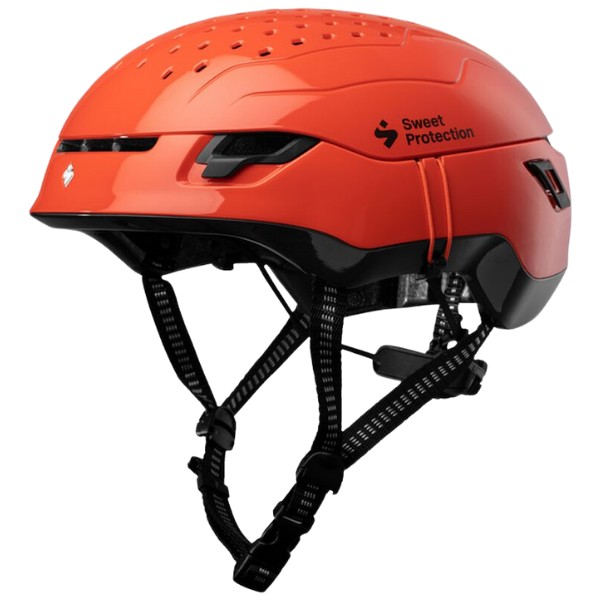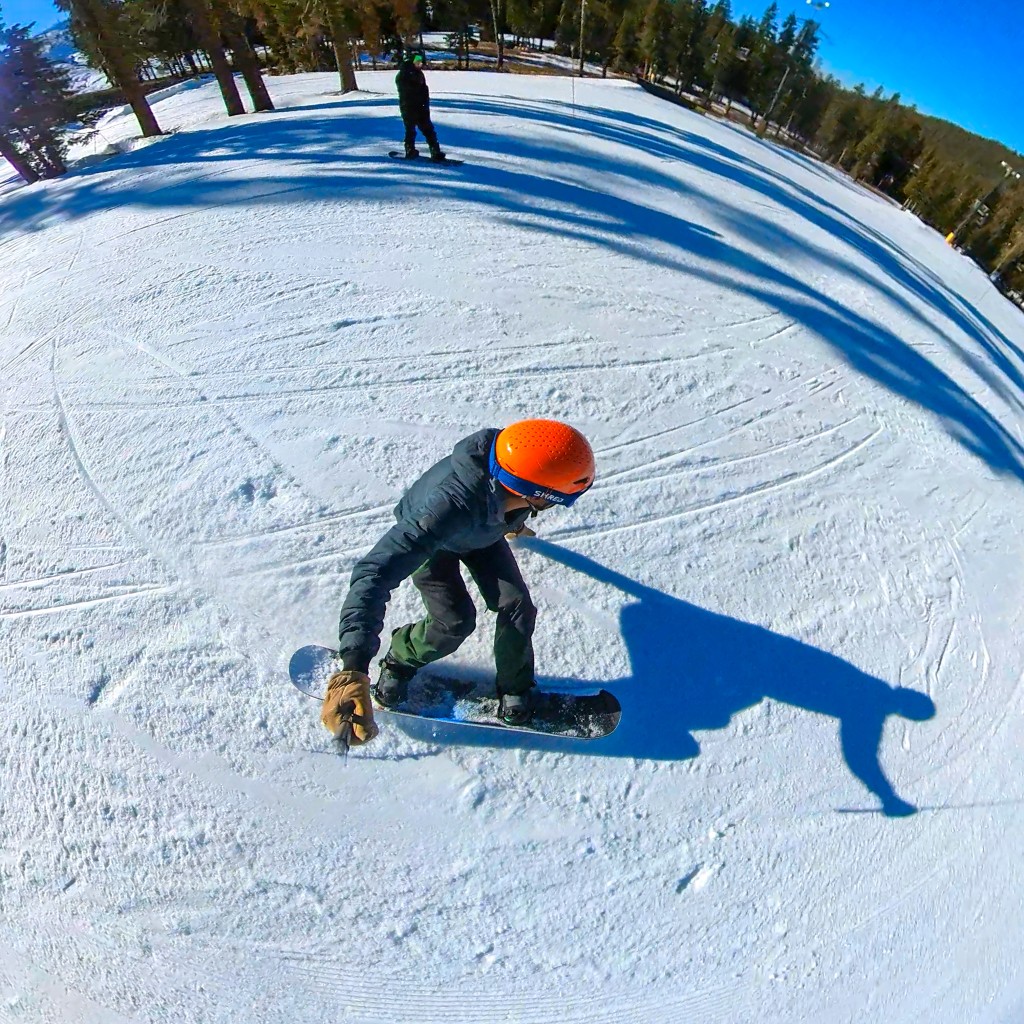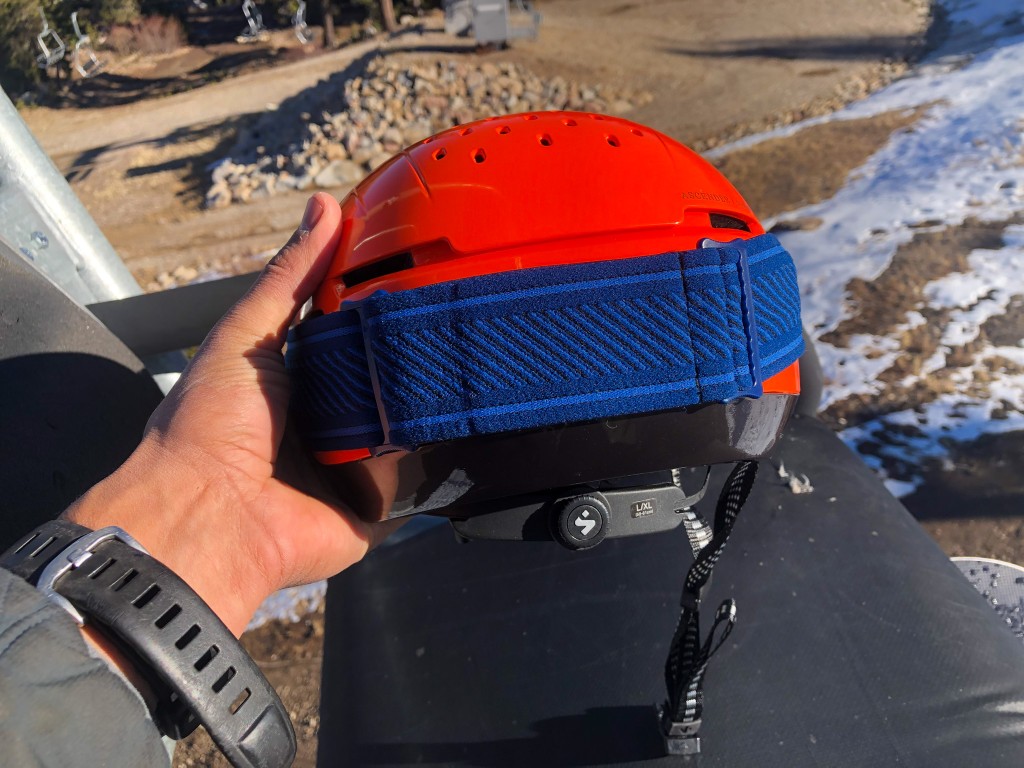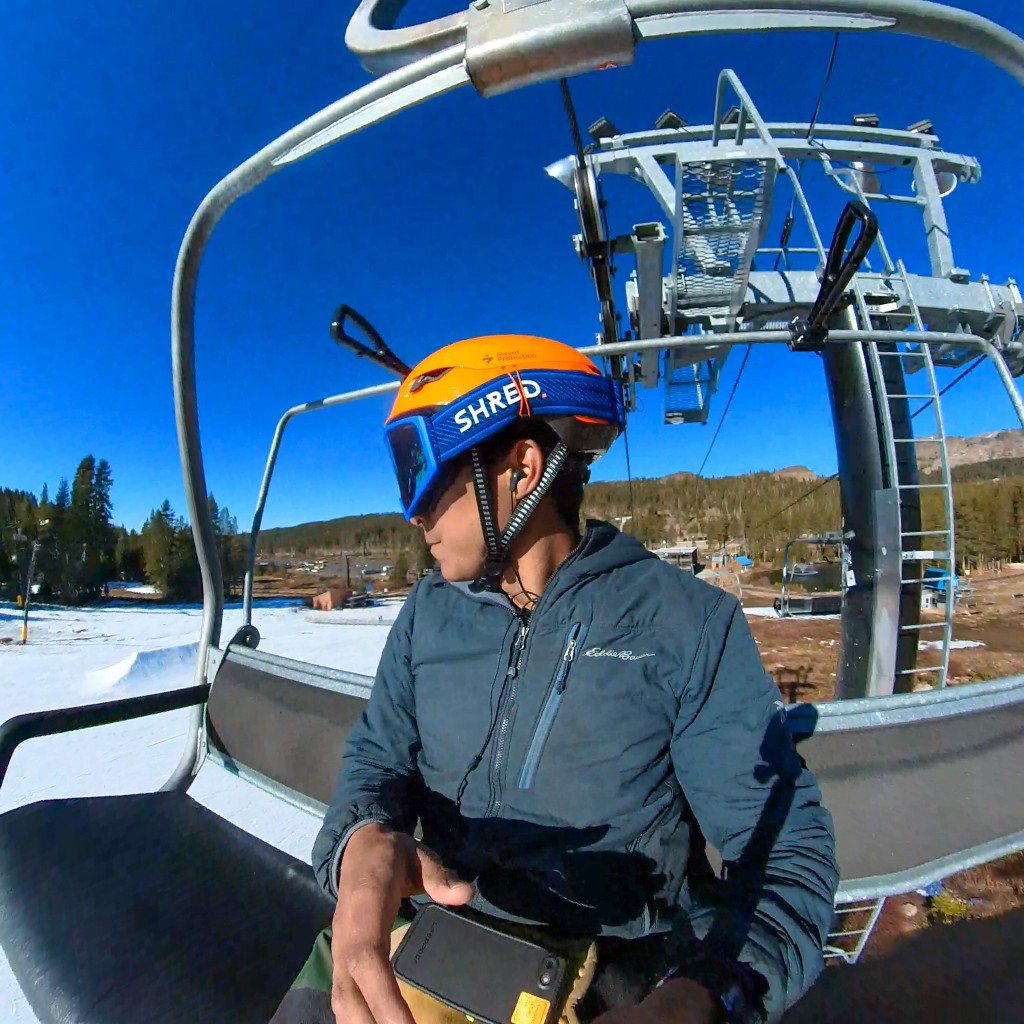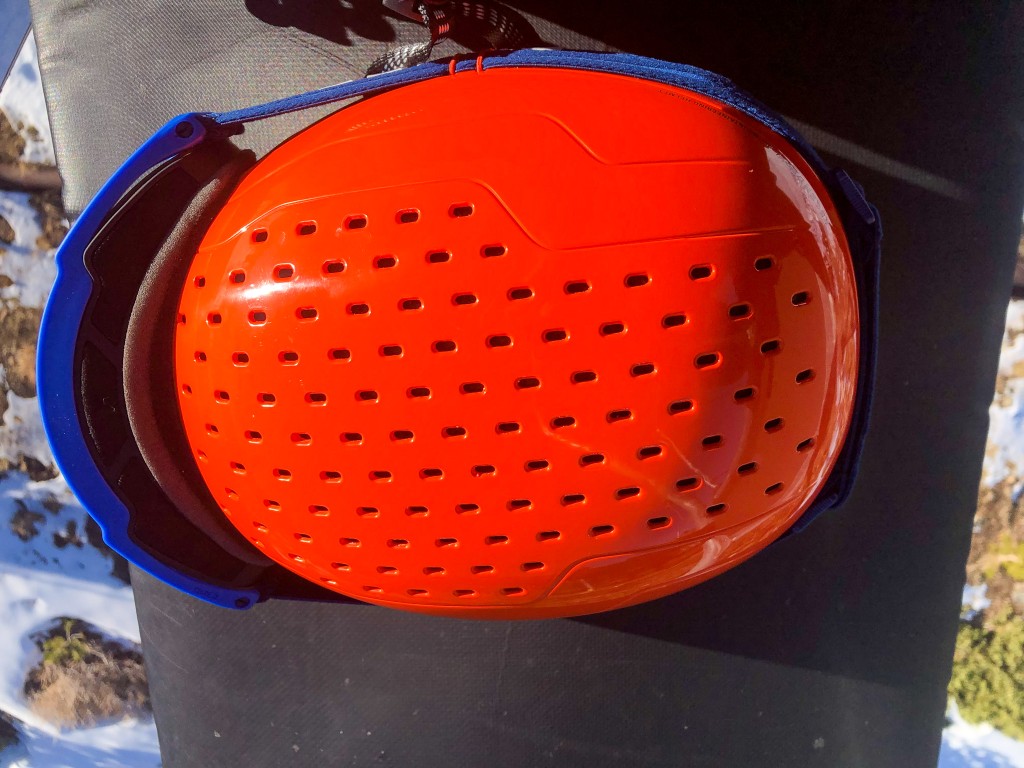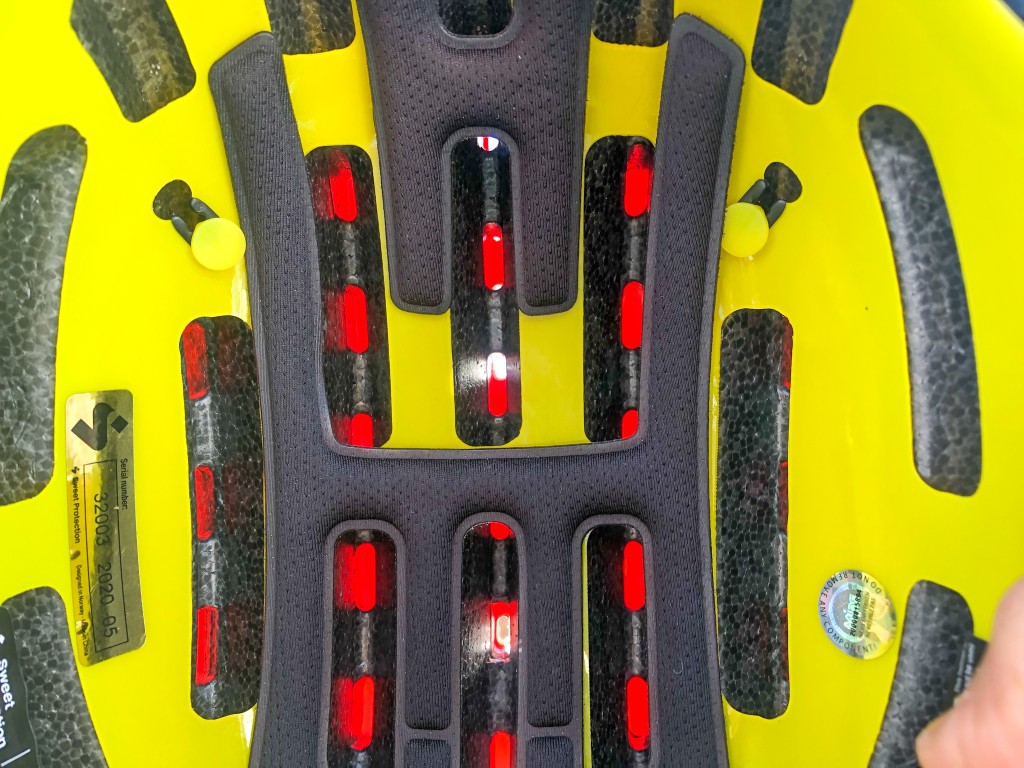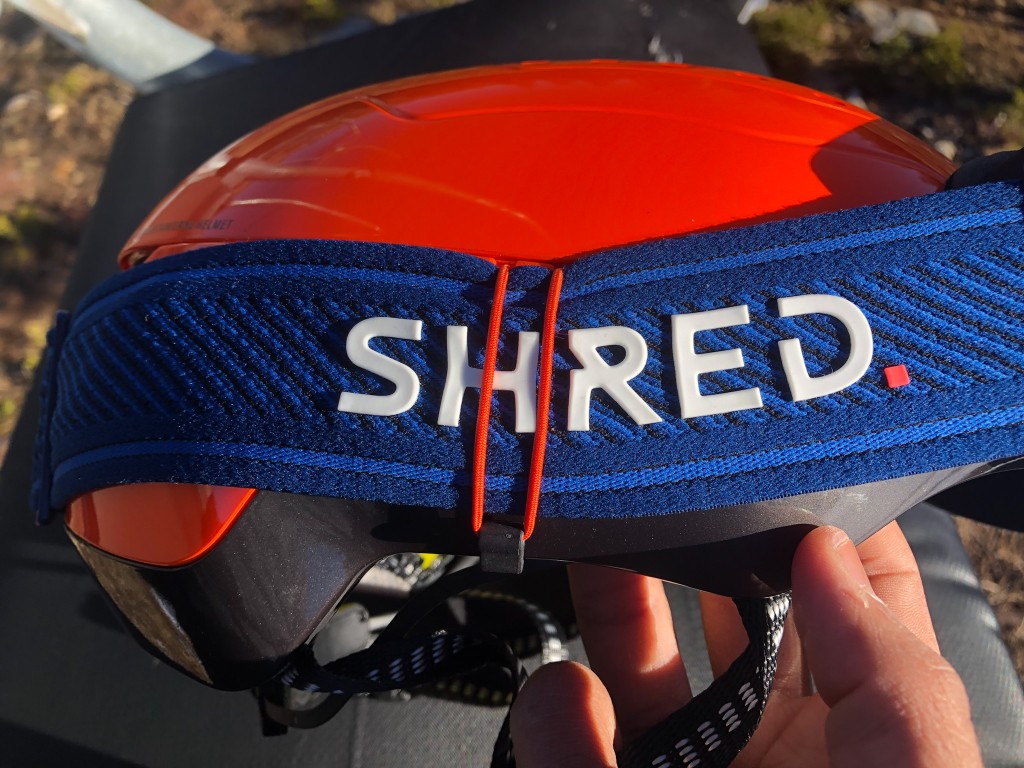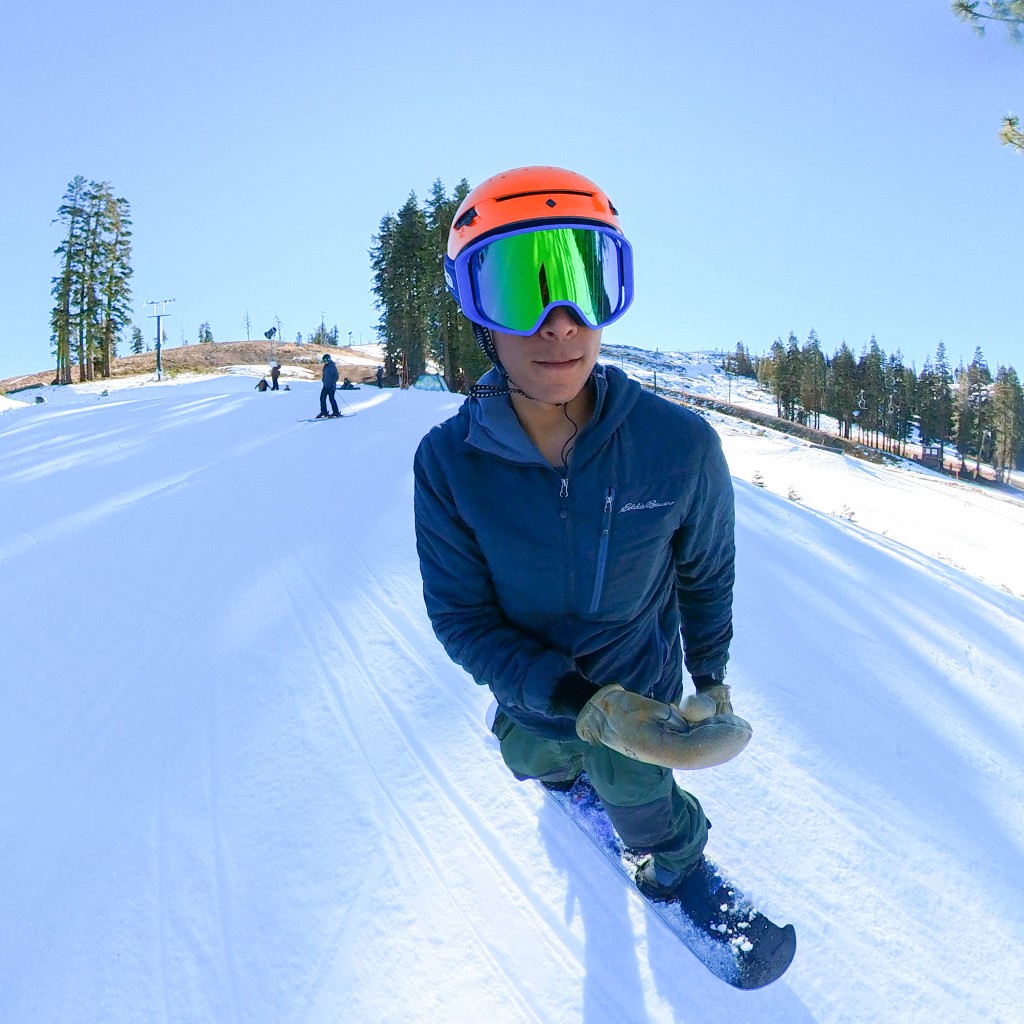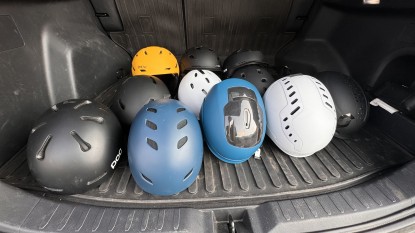Sweet Protection Ascender Mips Review
Our Verdict
Our Analysis and Test Results
The Ascender is a ski-mountaineering-specific helmet that favors protection and ventilation over dropping everything to save weight. It is a well-rounded helmet that employs features from ski helmets, like Mips, with those from the mountaineering field, like headlamp clips. It is also a triple-certified helmet for impacts related to skiing and mountaineering. While it isn't the lightest-weight mountaineering helmet ever made, it does find a great balance to appeal to the needs of both activities.
Performance Comparison
Comfort
The Sweet Protection Ascender is a reasonably comfortable helmet and is noticeable on the head whether you are sitting or riding. It's a very low-volume helmet to help packability. It employs a shallow and oval shape to the helmet to achieve this. We find this makes the helmet feel a bit top-heavy on your head and reduces the amount of protective cover on the sides of the head. Our M/L-sized helmet covers up to the middle part of our occipital lobe providing less coverage to the back of the head. The coverage pattern favors a mountaineering template instead of a traditional ski helmet amount of coverage.
This helmet has been updated using an adjustable dial system for quick on-the-go adjustments. The dial and harness system helps provide a snug fit. The dial itself is small compared to other helmets, making it harder to use and locate, especially when wearing gloves. This helmet is clearly less comfortable than more cushy resort helmets, but compared to other skimo helmets, it's actually one of the more comfortable models we have tried.
Warmth
The Ascender is designed to offer superior ventilation, which contradicts performance in warmth. This helmet is best worn with a thin buff or beanie as there are no included ear pads and minimal padding throughout the helmet. It is, however, surprisingly warm and has minimal drafts considering its 108 vent count.
Ventilation
Ventilation is where all mountaineering helmets should shine; when you look at climbing helmets, they often have multiple large vents. Climbing a powder-filled couloir is exhausting work, and you are sure to heat up. The Ascender offers excellent ventilation and has 113 vents. It uses three front intake vents, two back of the helmet exhaust vents, and 108 penetration-proof vents on top of the head.
The intake vents channel air to the side of your head when moving and help provide airflow to minimize goggle fogging, while the two exhaust vents on the back allow warm air to exit in conjunction with the intake vents. The 108 penetration-proof vents in the hard shell top enable heat to dissipate. These are effective due to the quantity and small gap of 2mm between the vent space, ensuring nothing will make it through to your head. One of the benefits of the penetration-proof shell is to prevent spindrift or wind-blown snow from entering from the top of your helmet. We were impressed with the ventilation ability while offering a non-airy feel and look.
Weight
The Ascender weighs in at 16 oz, a little heavier than comparable ski mountaineering helmets. When compared to pure ski helmets, it's lightweight. The difference between this helmet and a standard mountaineering helmet is its enhanced protection, and ventilation abilities with some ski-centric features like the dial adjust harness. The helmet's weight is quite reasonable considering its feature set, and it's not too heavy to stop us from taking it into the mountains. It should appeal to most ski mountaineers aside from the highly weight conscious.
Goggle Compatiblity
The Ascender provides a gap-free fit with both medium and large frame goggles of different brands and styles. This model foregoes a strap retainer in the back of the helmet in favor of two elastic headlamp/goggle attachment straps found on the sides of the helmet. The elastic strap is fitted with a small plastic hook that attaches to a notch located inside the helmet. The size of the hook and the notch can be a bit difficult to operate with medium-weighted gloves and very challenging with mittens. The straps provide excellent security to maintain the straps on the helmet and fit a wide array of goggle strap sizes.
Style
The Ascender is offered in 5 different colorways to provide a color for all users. Its general styling offers a distinct look that is more desirable than most climbing helmets and is on par with some ski helmets. While this model is at home in a backcountry setting, it stands out awkwardly at the resort.
Should You Buy the Sweet Protection Ascender Mips?
This helmet does not fit within your typical ski gear setup. The category of dual and triple-certified helmets is generally expensive, and the Sweet Protection Ascender is on par with the standard pricing. It is great for someone who likes to dabble in various outdoor winter activities, as the 2-in-1 product can be easier to store and better for your budget. If you are looking for a helmet to climb and ski, this model is close to being our favorite choice. But if this is not the case, this helmet may have many unnecessary features for the average skier/snowboarder, and you will be better off with a traditional ski helmet.
What Other Ski Helmets Should You Consider?
The Sweet Protection Ascender is a backcountry and ski mountaineering-focused helmet that will serve that user group well. Its triple-certification coupled with Mips can provide peace of mind when climbing up a couloir lined with granite walls. If this is a situation where you find yourself frequently, then it's a good option. If you frequently venture off into the backcountry, then the Salomon MTN Lab is another excellent multiuse option that is even lighter weight. If you're looking for a traditional helmet, this model's shallow shape and specific feature set will not benefit you. We recommend our Editors' Choice, the Smith Vantage Mips.


